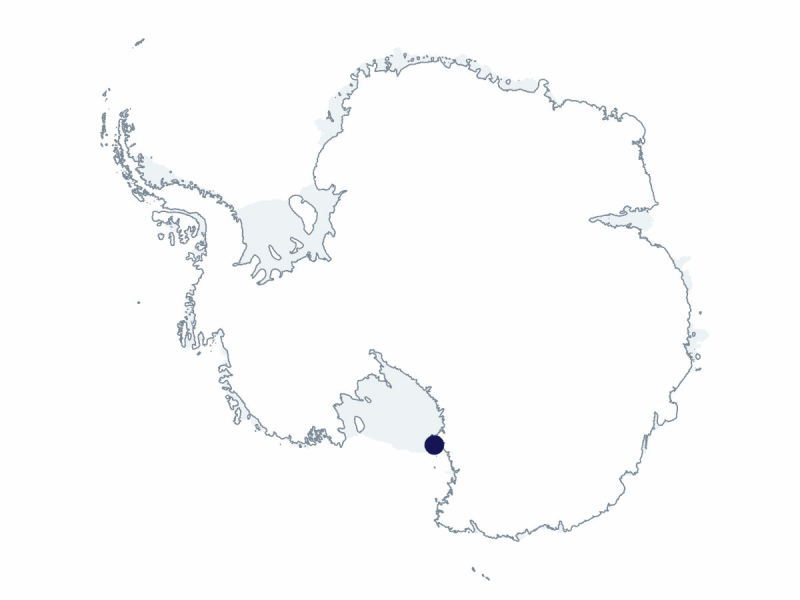2024-2025 USAP Field Season
Project Detail Project TitleCollaborative Research: Antarctic automatic weather station program Summary
Event Number:
Program Director:
ASC POC/Implementer: Principal Investigator(s)
Dr. Matthew Lazzara
Location
Supporting Stations: McMurdo Station DescriptionThe Antarctic Automatic Weather Station (AWS) network has been making meteorological observations since the early 1980s. This continent-wide network is positioned to observe significant meteorological events in real-time and increase our understanding of the climate of the Antarctic surface. The activities for this project will be focused on the care of the AWS network, the establishment of an advisory board, student engagement, and outreach activities. This project aims to continue to maintain and operate the AWS network. This effort will upgrade real-time AWS processing, evolve with changing data telemetry methods, continue the development of the Polar Climate and Weather Station to continue development of a robust version that can be reliably utilized year-round in Antarctica. The observations will be quality-controlled and placed into a database where the public will be able to search and select observations. A test system of different radiation shields (with and without aspiration) will be deployed for one year at South Pole Station. This is to resolve conflicting radiation shield bias corrections of historical data, but also to inform optimal setup for temperature observations going forward. The project will be advised by a group of peers with the development of an AWS Advisory Board. The team will engage the public with Antarctic weather and climate via scaled-up interactions with television meteorologists from several states. Field Season OverviewA team of two will deploy from mid-November to mid-January to service AWS weather stations in West Antarctica and in the vicinity of McMurdo Station. For the West Antarctica stations, the team will spend approximately four weeks at WAIS divide, accessing stations by Twin Otter as weather allows. From McMurdo Station, the team will access stations by Twin Otter, helicopter and ground transport for local stations. The two AWS participants will also assist with outfitting the O-400-M Cassano/O-315-M Salesky tower in the vicinity of McMurdo. A McMurdo Station research associate will assist with monitoring and troubleshooting AWS network equipment in McMurdo Station year-round. Deploying Team Members
|
2024-2025 Science Planning Summary



For USAP Participants |
For The Public |
For Researchers and EducatorsContact UsU.S. National Science FoundationOffice of Polar Programs Geosciences Directorate 2415 Eisenhower Avenue, Suite W7100 Alexandria, VA 22314 Sign up for the NSF Office of Polar Programs newsletter and events. Feedback Form |



